Home>Garden Essentials>Garden Storage>How To Landscape Around A Shed So It Blends In With Your Yard
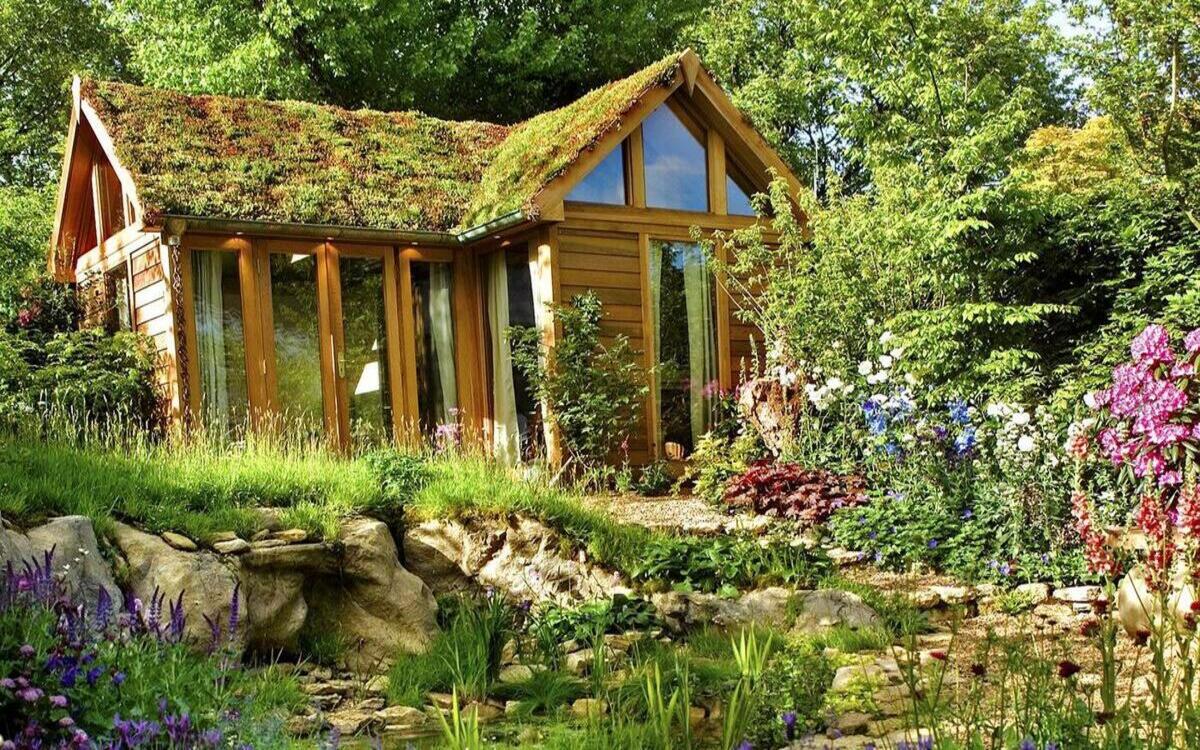

Garden Storage
How To Landscape Around A Shed So It Blends In With Your Yard
Modified: October 20, 2024
Learn how to landscape around your storage shed to seamlessly integrate it into your yard with these expert tips. Create a harmonious and aesthetically pleasing outdoor space.
(Many of the links in this article redirect to a specific reviewed product. Your purchase of these products through affiliate links helps to generate commission for Storables.com, at no extra cost. Learn more)
Introduction
When it comes to designing your backyard, it’s important to create a cohesive and visually appealing space. This includes not only your main outdoor living areas, but also any structures you have, such as a shed. A shed can be a practical storage solution, but it doesn’t have to be an eyesore in your yard. With a little planning and creativity, you can landscape around your shed in a way that blends it seamlessly into your yard.
Landscaping around a shed involves more than just planting a few flowers. It requires careful consideration of the shed’s size, shape, and color, as well as the overall style of your yard. By assessing your yard, choosing the right plants, creating a pathway, installing a garden border, adding decorative elements, and enhancing privacy, you can transform your shed into a beautiful and cohesive part of your outdoor space.
In this article, we will guide you through the process of landscaping around a shed so that it blends in perfectly with your yard. Whether you have a small storage shed or a larger workshop, these tips and ideas will help you create a harmonious and visually pleasing landscape.
Key Takeaways:
- Transform your shed into a visually appealing part of your yard by carefully choosing plants, creating pathways, installing garden borders, adding decorative elements, enhancing privacy, and maintaining your landscape.
- Blend functionality with aesthetics by assessing your yard, choosing the right plants, creating pathways, installing garden borders, adding decorative elements, enhancing privacy, and maintaining your shed landscape.
Read more: How To Plan Landscaping For Your Yard
Assessing Your Yard
Before you begin landscaping around your shed, it’s important to assess your yard and take note of its features and characteristics. This will help you determine the best placement for your shed and guide your landscaping decisions.
Start by taking a walk around your yard and observing its layout, existing plants, and any natural elements such as trees, rocks, or slopes. Consider how the shed will fit into the overall aesthetic of your yard. Take note of the size and shape of your shed, as well as its color and style. This will help inform what types of landscaping elements you should incorporate.
Next, think about the purpose of your shed. Is it primarily for storage or do you plan to use it as a workshop or workspace? This will impact how you design the surrounding landscape. For example, if the shed is primarily for storage, you may want to focus on creating a clean and organized area with easy access. If it will be a workspace, you might want to prioritize functionality and include features like a pathway and designated work areas.
Consider the overall style and theme of your yard. Is it more formal or informal? Traditional or modern? This will help you select plants and other landscaping elements that complement the existing aesthetic. Take into account the sunlight and drainage in the area where your shed will be placed, as this will impact the types of plants that can thrive there.
Lastly, determine the size and shape of the area around the shed that you want to landscape. Are you planning for a small garden bed, or do you envision a larger landscaped area? Consider the dimensions of the shed and how much space you have to work with. This will help you determine the scale of the landscaping features you choose.
By assessing your yard and taking note of its features, purpose, style, and dimensions, you will have a solid foundation for landscaping around your shed. This information will guide your decisions throughout the process, ensuring that the end result is a cohesive and visually pleasing landscape that seamlessly integrates your shed into your yard.
Choosing the Right Plants
Selecting the right plants for landscaping around your shed is crucial in creating a cohesive and visually appealing outdoor space. When choosing plants, consider their size, color, texture, and maintenance requirements to ensure they complement the shed and your overall yard aesthetic. Here are some tips to help you make the right plant choices:
1. Consider the shed’s color: Take into account the color of your shed when selecting plants. Choose plants with foliage or flowers that complement or contrast with the shed’s color to create an eye-catching display. For example, if your shed is painted in warm earth tones, consider planting vibrant flowers in complementary colors like purple or orange.
2. Pay attention to plant size: Think about the size of your shed and the available space around it. Select plants that won’t overshadow or overwhelm the shed. Opt for smaller or compact plants if you have limited space, or use taller plants as a backdrop for a larger shed.
3. Incorporate different textures: Create visual interest by incorporating plants with varying textures. Combine plants with smooth leaves, such as succulents, with those that have more textured foliage, like ornamental grasses. This will add depth and dimension to the landscape.
4. Choose plants with seasonal interest: Select plants that offer seasonal interest throughout the year. This could include plants with colorful blooms in the spring and summer, plants with vibrant foliage in the fall, or plants with attractive bark or berries in the winter. This will ensure that your shed landscape remains visually appealing year-round.
5. Consider maintenance requirements: Be realistic about the amount of time and effort you can dedicate to maintaining your landscape. Choose plants that are suitable for your level of gardening experience and time availability. If you prefer low-maintenance options, opt for native or drought-tolerant plants that require less water and upkeep.
6. Create a sense of continuity: To create a cohesive look, repeat certain plants or colors throughout your shed landscape. This will tie the different areas of your yard together and create a unified and harmonious design.
7. Use container plants: If you have limited space or want the flexibility to move plants around, consider using container plants. They add a pop of color and can be easily rearranged to suit your preferences or the changing seasons.
By carefully selecting plants that complement the color and style of your shed, considering their size, texture, seasonal interest, and maintenance requirements, you can create a stunning and harmonious landscape around your shed. Take your time to research and choose the right plants for your specific climate and personal preferences, and enjoy the beauty they add to your outdoor space.
Creating a Pathway
A pathway leading to your shed not only enhances its accessibility but also adds a charming and functional element to your landscape design. Whether it’s a simple gravel path or a more elaborate stone or concrete pathway, here are some steps to help you create a pathway that beautifully connects your shed to the rest of your yard:
1. Determine the pathway location: Assess the layout of your yard and choose the most convenient and visually appealing location for your pathway. Consider the natural flow and movement in your yard and select a route that is easy to navigate.
2. Clear the path: Remove any existing vegetation or obstructions along the pathway route. Clearing the path will not only make it easier to work with but will also provide a clean canvas for your new pathway.
3. Choose the pathway material: Consider the style of your yard and shed when selecting the material for your pathway. Gravel is a popular and cost-effective option that provides a natural and rustic look. Stone or brick pavers offer a more refined and formal feel, while concrete provides durability and versatility. Choose a material that complements the overall aesthetic of your yard and shed.
4. Prepare the base: Depending on the pathway material you choose, you may need to prepare a base. This typically involves clearing the area and leveling it, removing any weeds or grass, and adding a layer of compacted gravel or sand. Follow the specific instructions for the chosen material to ensure a stable and long-lasting pathway.
5. Lay the pathway material: If you’ve chosen gravel, simply spread and level it along the pathway route. For stone or brick pavers, carefully lay them according to the desired pattern, making sure they are level and evenly spaced. If using concrete, follow the instructions for mixing and pouring, ensuring a smooth and even surface.
6. Add edge restraints: To keep your pathway in place and prevent any shifting or spreading of the material, consider adding edge restraints. These can be in the form of plastic or metal strips or even natural elements like rocks or plants. Ensure that the edge restraints are securely in place and blend well with the overall aesthetic of your landscape.
7. Enhance with lighting: Install pathway lighting to highlight and guide the way to your shed, especially if you plan to use it at night. Solar-powered lights are a popular and eco-friendly option, creating a soft and inviting glow along the pathway.
Creating a pathway to your shed not only adds function but also enhances the overall aesthetics of your landscape. By selecting the appropriate pathway material, preparing the base, and carefully laying the pathway material, you will create a visually pleasing and durable pathway that seamlessly connects your shed to the rest of your yard.
Installing a Garden Border
Installing a garden border around your shed is a great way to define the space and add a polished and finished look to your landscape. A garden border can serve multiple purposes, from containing plants and flowers to providing a visual separation between the shed and the surrounding area. Here’s how to install a garden border around your shed:
1. Choose the border material: There are various materials you can use for your garden border, such as bricks, stones, pavers, or timber. Consider the overall style of your yard and shed, as well as your personal preferences and budget, when selecting the border material.
2. Measure and mark the border area: Determine the area where you want to install the garden border. Measure and mark the boundaries using stakes and string or a garden hose. This will give you a clear guideline to work with as you install the border.
3. Prepare the base: Depending on the chosen border material, you may need to prepare the base. If you’re using stones or pavers, you’ll want to level the ground and remove any vegetation or debris. For timber borders, you may need to dig a shallow trench to anchor the wood. Follow the specific instructions for the chosen border material.
4. Install the border: Start at one corner of the marked area and lay the border material following the desired pattern or arrangement. Use a level to ensure the border is even and straight. If you’re using bricks or stones, you may need to secure them in place with mortar or landscape adhesive. For timber borders, use stakes or rebar to anchor them securely.
5. Fill in with soil: Once the border is installed, fill in the area within the border with nutrient-rich soil. This will provide a suitable environment for planting flowers or other landscaping elements. Ensure that the soil level is flush with the top of the border.
6. Select and plant flowers: Choose plants and flowers that complement the style of your yard and shed. Consider factors such as sunlight, soil conditions, and maintenance requirements when selecting your plants. Arrange them within the garden border, taking into consideration their growth habits and mature size. This will create a visually appealing and well-planned garden bed around your shed.
7. Mulch and maintain: Apply a layer of mulch over the soil within the garden border to help retain moisture, suppress weeds, and enhance the overall aesthetics. Regularly maintain the garden bed by watering, fertilizing, and pruning as needed to keep the plants healthy and thriving.
Installing a garden border around your shed adds a polished and defined look to your landscape. By choosing the appropriate border material, preparing the base, installing the border accurately, filling in with soil, selecting and planting suitable plants, and maintaining the garden bed, you will create a beautiful and cohesive landscape around your shed.
When landscaping around a shed, use plants and shrubs that complement the style and color of the shed. Incorporate a mix of tall and low-growing plants to create visual interest and soften the edges of the shed.
Read more: How To Clear A Yard For Landscaping
Adding Decorative Elements
Adding decorative elements around your shed can elevate its visual appeal and tie it in with the overall design of your yard. These elements add personality and charm, making your shed a focal point rather than just a functional structure. Here are some ideas for incorporating decorative elements around your shed:
1. Window boxes: Install window boxes on your shed’s exterior walls and fill them with vibrant flowers or trailing vines. This adds a burst of color and brings a touch of nature to your shed’s facade.
2. Hanging baskets: Hang colorful hanging baskets from the eaves or awning of your shed. Choose plants that cascade and provide vertical interest, such as trailing petunias or ivy.
3. Trellises and climbing plants: Install trellises against the walls of your shed and encourage climbing plants like roses, clematis, or morning glories to grow on them. This creates a beautiful vertical element and adds texture and depth to your shed.
4. Outdoor art: Add outdoor art pieces, such as sculptures, wind chimes, or decorative metalwork, around your shed. These can serve as eye-catching focal points and add a unique touch to your landscape.
5. Pathway lights: Install solar-powered pathway lights along the pathway leading to your shed. Not only do they provide functional lighting at night, but they also create a warm and inviting atmosphere.
6. Decorative containers: Place decorative containers or planters near your shed, filled with colorful flowers or ornamental grasses. Choose containers that complement the style of your shed, whether it’s rustic, modern, or traditional.
7. Garden ornaments: Incorporate garden ornaments, such as birdbaths, garden gnomes, or decorative rocks, around your shed. These whimsical touches add character and create a playful and inviting atmosphere.
8. Outdoor seating: Create a cozy seating area near your shed, with a bench, chairs, or a small table. This allows you to sit and enjoy your shed and the surrounding landscape, making it a perfect spot for relaxation or conversation.
9. Pergolas or arbors: Install a pergola or arbor near your shed, providing shade and a structure for climbing plants. This not only adds visual interest but also creates a comfortable and inviting space.
10. Water features: Consider adding a small water feature near your shed, such as a fountain, pond, or waterfall. The sound of running water adds tranquility and a soothing ambiance to your outdoor space.
By incorporating decorative elements around your shed, you can transform it into a visually appealing and inviting focal point in your yard. These elements add charm, personality, and a touch of creativity to your landscape, enhancing the overall aesthetics and enjoyment of your outdoor space.
Enhancing Privacy
Privacy is often a priority when it comes to landscaping around a shed. Creating a sense of seclusion not only increases your comfort and enjoyment of the space, but it also helps the shed blend in seamlessly with the rest of your yard. Here are some effective ways to enhance privacy around your shed:
1. Fencing: Install a fence around your shed to create a private enclosure. Choose a fence design that complements the style of your yard and coordinates with any existing fencing. Wooden fences offer a natural and traditional look, while vinyl or metal fences provide durability and low maintenance.
2. Hedges and Shrubs: Plant tall hedges or shrubs around the perimeter of your shed to create a natural privacy screen. Consider evergreen varieties for year-round coverage. Make sure to choose plants that are well-suited to your climate and will thrive in the available sunlight and soil conditions.
3. Trellises and Vines: Install trellises against the walls of your shed and train climbing plants or vines to grow on them. This creates a beautiful green backdrop that adds both privacy and visual interest. Choose fast-growing varieties like jasmine or honeysuckle for quick results.
4. Bamboo Screens: Bamboo screens or reed fencing can be used to create an instant privacy barrier around your shed. These screens are easy to install and provide a natural and tropical look. Place them strategically to provide maximum coverage and privacy.
5. Container Gardens: Use large, strategically placed container gardens filled with tall grasses or tall potted plants to create a privacy screen around your shed. These portable features allow for flexibility in positioning and can be moved as needed.
6. Outdoor Curtains: Install outdoor curtains or screens around the perimeter of your shed for an added layer of privacy. These can be easily opened or closed, giving you control over your desired level of seclusion.
7. Living Walls: Create a living wall by installing a vertical garden system on one or more sides of your shed. Fill the planting pockets with a variety of trailing plants or flowers to create a lush and private backdrop.
8. Privacy Panels: Install privacy panels or lattice screens around your shed to block the view while still allowing airflow. These panels can be stained or painted to match your shed or any existing structures in your yard.
9. Outdoor Blinds: Install outdoor blinds or shades on the windows of your shed to maintain privacy when needed. These can be rolled up or down depending on your preferences.
10. Combination of Strategies: Often, using a combination of privacy-enhancing strategies yields the best results. Experiment with different elements, such as fencing, greenery, and decorative screens, to create a customized privacy solution specific to your shed and yard.
By implementing these privacy-enhancing strategies, you can create a secluded and intimate space around your shed. Remember to consider the aesthetics, maintenance requirements, and functionality of these privacy elements to ensure they align with your overall landscaping goals and preferences.
Maintenance Tips
Maintaining the landscaping around your shed is essential to keep it looking beautiful and well-kept. Regular maintenance ensures that your shed remains an attractive and functional part of your yard. Here are some maintenance tips to help you keep your shed landscape in top condition:
1. Regularly trim and prune: Trim and prune any overgrown plants, shrubs, or trees around your shed. This will not only help to maintain their shape and appearance but also prevent them from obstructing windows or pathways. Remove any dead or diseased branches to promote healthy growth.
2. Water and fertilize appropriately: Proper watering and fertilizing are essential for the health and vitality of your plants. Follow the specific watering requirements for each plant, taking into consideration factors like soil moisture, sunlight exposure, and weather conditions. Apply a balanced fertilizer according to the recommended schedule to promote healthy growth and blooming.
3. Weed regularly: Keep the area around your shed free of weeds by regularly pulling or cutting them. Weeds can compete with your plants for nutrients and water, so it’s important to stay on top of weed control to ensure the optimal growth of your landscape.
4. Mulch renewal: Periodically renew the mulch in your garden beds. Mulch helps suppress weeds, retain moisture, and regulate soil temperature. Add a fresh layer of mulch when it starts to break down or becomes thin to maintain its effectiveness.
5. Clean the shed exterior: Regularly clean the exterior walls of your shed to remove any dirt, dust, or grime that may accumulate over time. Use mild soap, water, and a soft brush to gently scrub the surface clean. Rinse thoroughly with water and allow it to dry.
6. Repair any damage: Keep an eye out for any damage to the shed or surrounding structures. Address any issues promptly, such as loose boards, cracked paint, or broken pavers. Repairing these small issues early on will help prevent further damage and maintain the overall integrity of your shed and landscape.
7. Monitor pests and diseases: Regularly inspect your plants for signs of pests or diseases. If you notice any issues, take appropriate measures to remove or control them. This may include applying organic pest control solutions or seeking professional help when necessary.
8. Prune trees and branches: If you have trees in close proximity to your shed, regularly trim any branches that are hanging over the shed’s roof. This helps prevent potential damage from falling branches and reduces the risk of pests and debris accumulating on the roof.
9. Inspect irrigation systems: If you have an irrigation system in place, regularly inspect it for any leaks or malfunctions. Ensure that watering is consistent and targeted to the areas that need it. Adjust timers and settings as necessary to accommodate changing weather conditions.
10. Regular cleaning and organization: Keep the interior of your shed clean and organized to maximize its functionality. Regularly remove any clutter, sweep the floor, and arrange your storage to maintain an orderly and efficient space.
By following these maintenance tips, you can ensure that the landscaping around your shed remains vibrant, healthy, and visually appealing. Regular care and attention will help you enjoy the beauty and functionality of your shed landscape for years to come.
Conclusion
Landscaping around your shed is a wonderful opportunity to transform it from a mere storage space into a visually appealing and functional part of your yard. By carefully assessing your yard, choosing the right plants, creating a pathway, installing a garden border, adding decorative elements, enhancing privacy, and maintaining your landscape, you can seamlessly blend your shed with the rest of your outdoor space.
Assessing your yard and understanding its unique characteristics allow you to make informed decisions about the placement and design of your shed landscape. Choosing the right plants is crucial, as they bring color, texture, and seasonal interest to your yard. Creating a pathway ensures easy access to your shed while adding a touch of elegance. Installing a garden border provides definition and structure, while decorative elements add personality and charm.
Enhancing privacy around your shed creates a secluded and comfortable space. By incorporating fencing, hedges, trellises, or outdoor blinds, you can enjoy privacy without compromising on style. Regular maintenance, including trimming, watering, pruning, and cleaning, ensures that your shed landscape stays beautiful and well-maintained year-round.
Remember, landscaping around your shed is a creative process, and personal preference plays a significant role. Consider the style of your shed, the overall theme of your yard, and your personal taste when making design decisions. Incorporate elements that reflect your personality and create a cohesive and harmonious outdoor space.
In conclusion, landscaping around your shed allows you to blend functionality with aesthetics, creating a visually appealing and harmonious landscape. By following the tips and ideas provided in this article, you can transform your shed into a seamless part of your yard that you can admire and enjoy for years to come.
Frequently Asked Questions about How To Landscape Around A Shed So It Blends In With Your Yard
Was this page helpful?
At Storables.com, we guarantee accurate and reliable information. Our content, validated by Expert Board Contributors, is crafted following stringent Editorial Policies. We're committed to providing you with well-researched, expert-backed insights for all your informational needs.
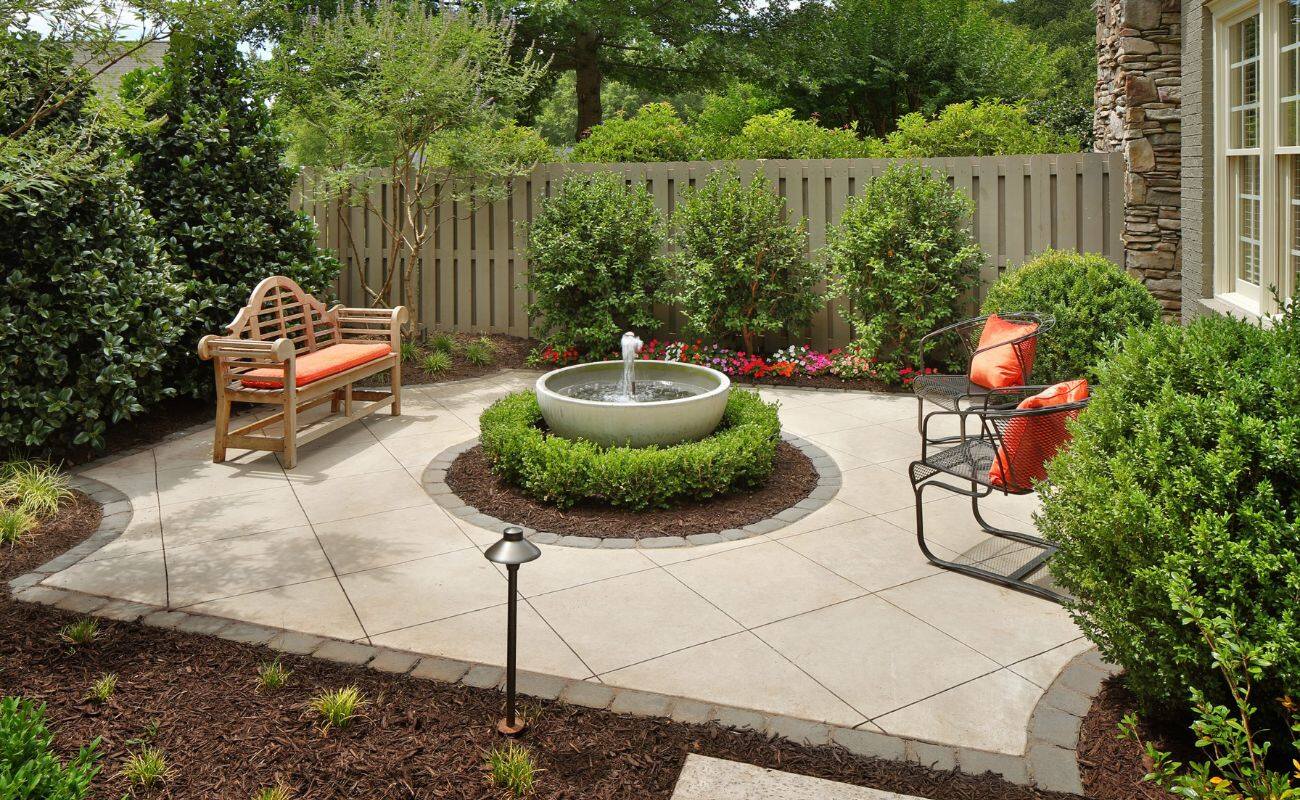
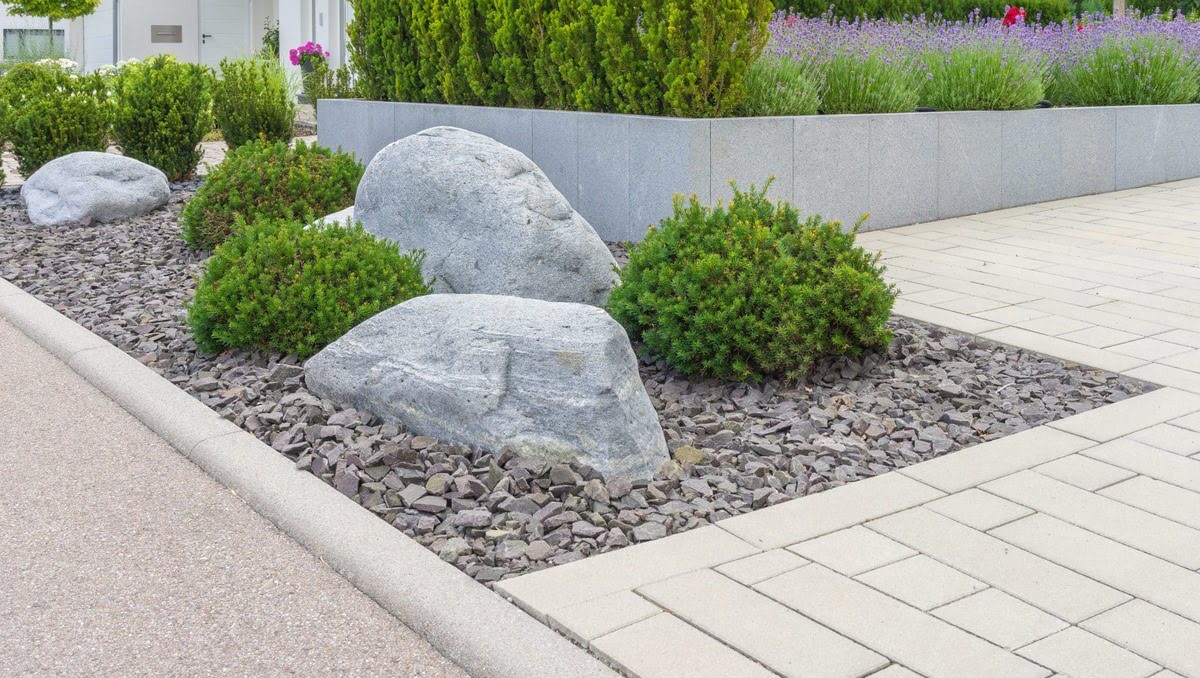
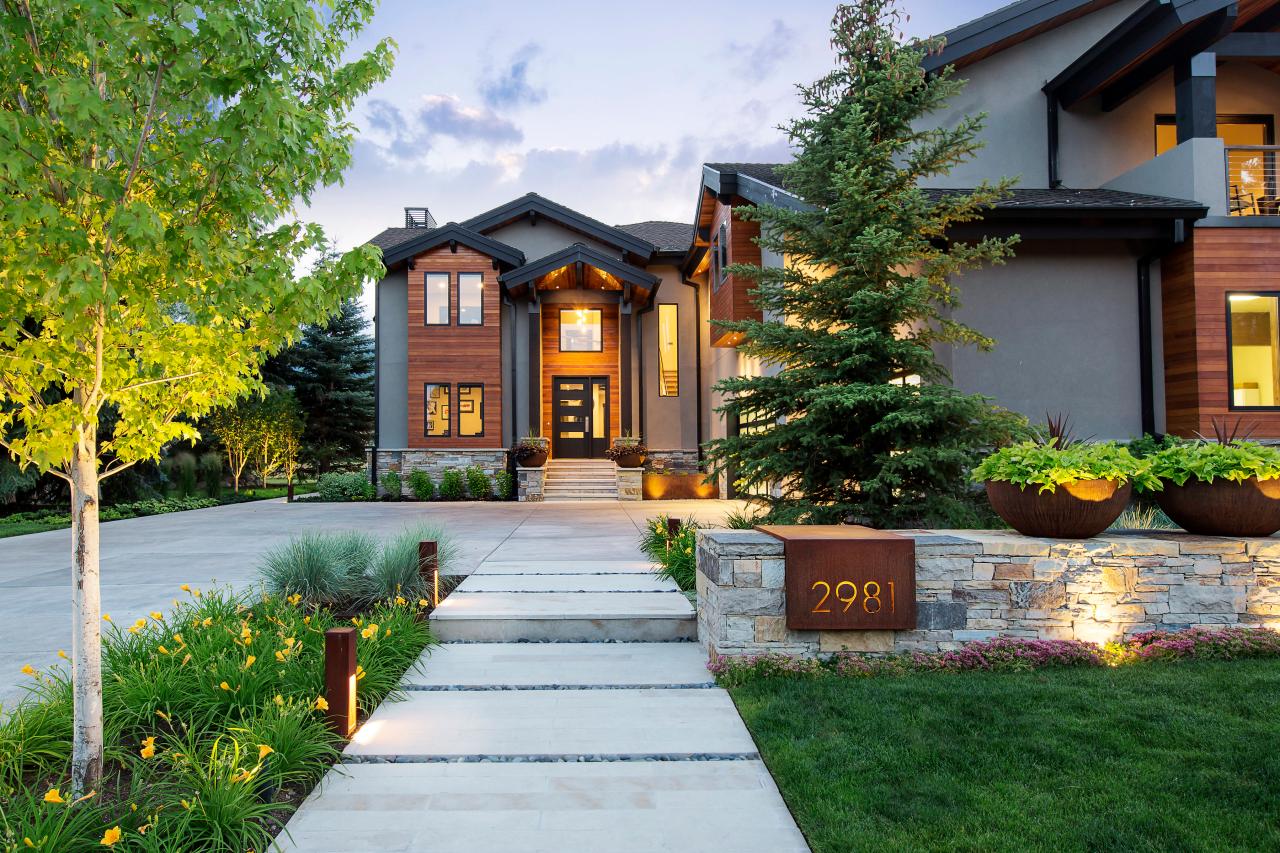
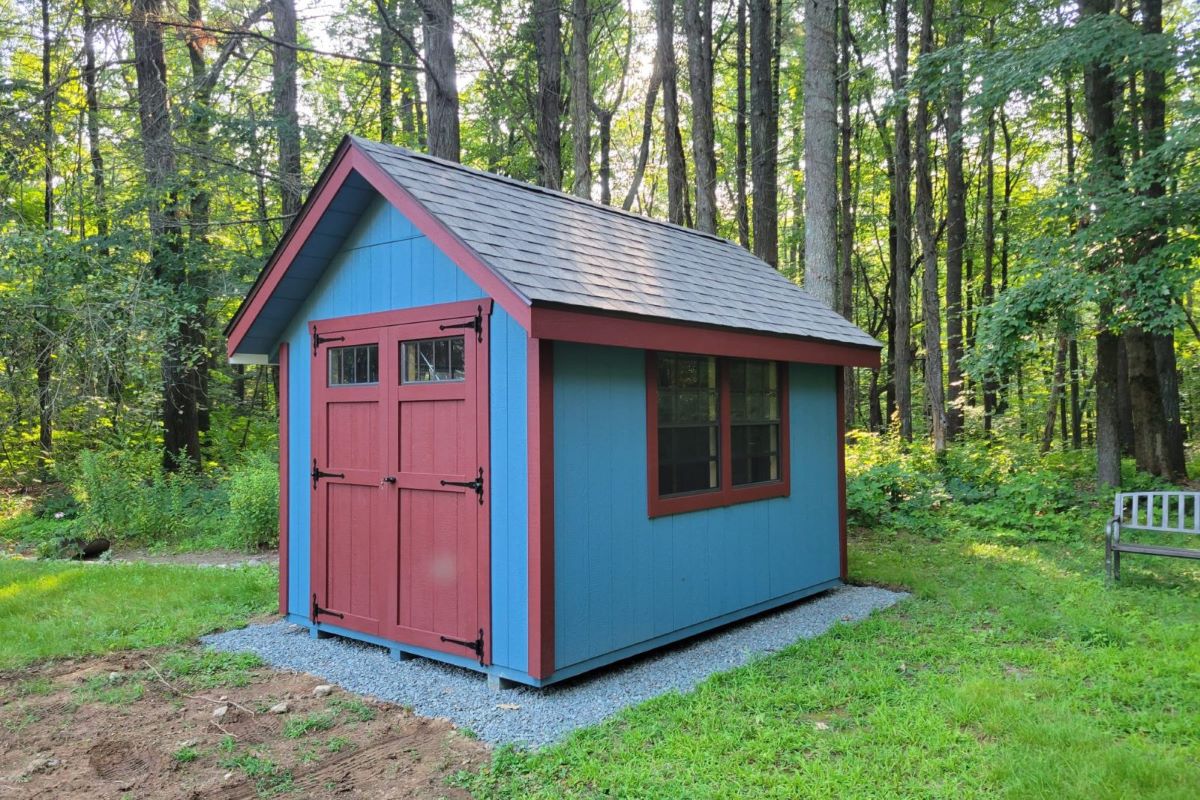
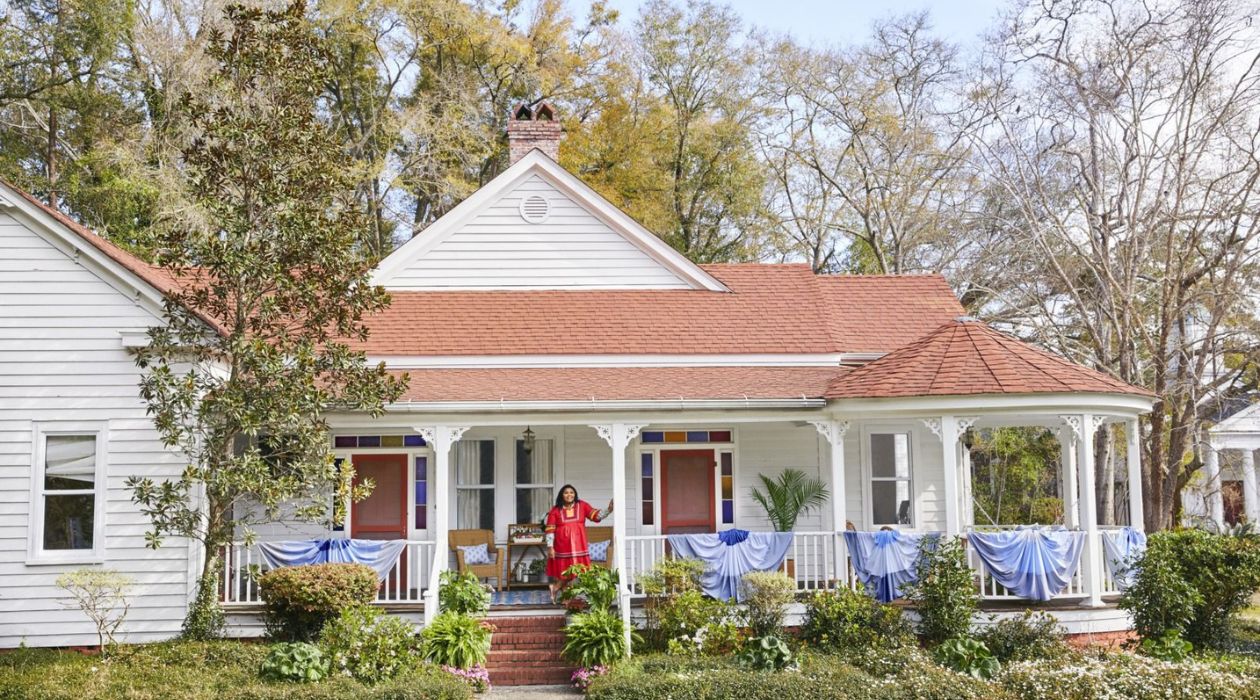
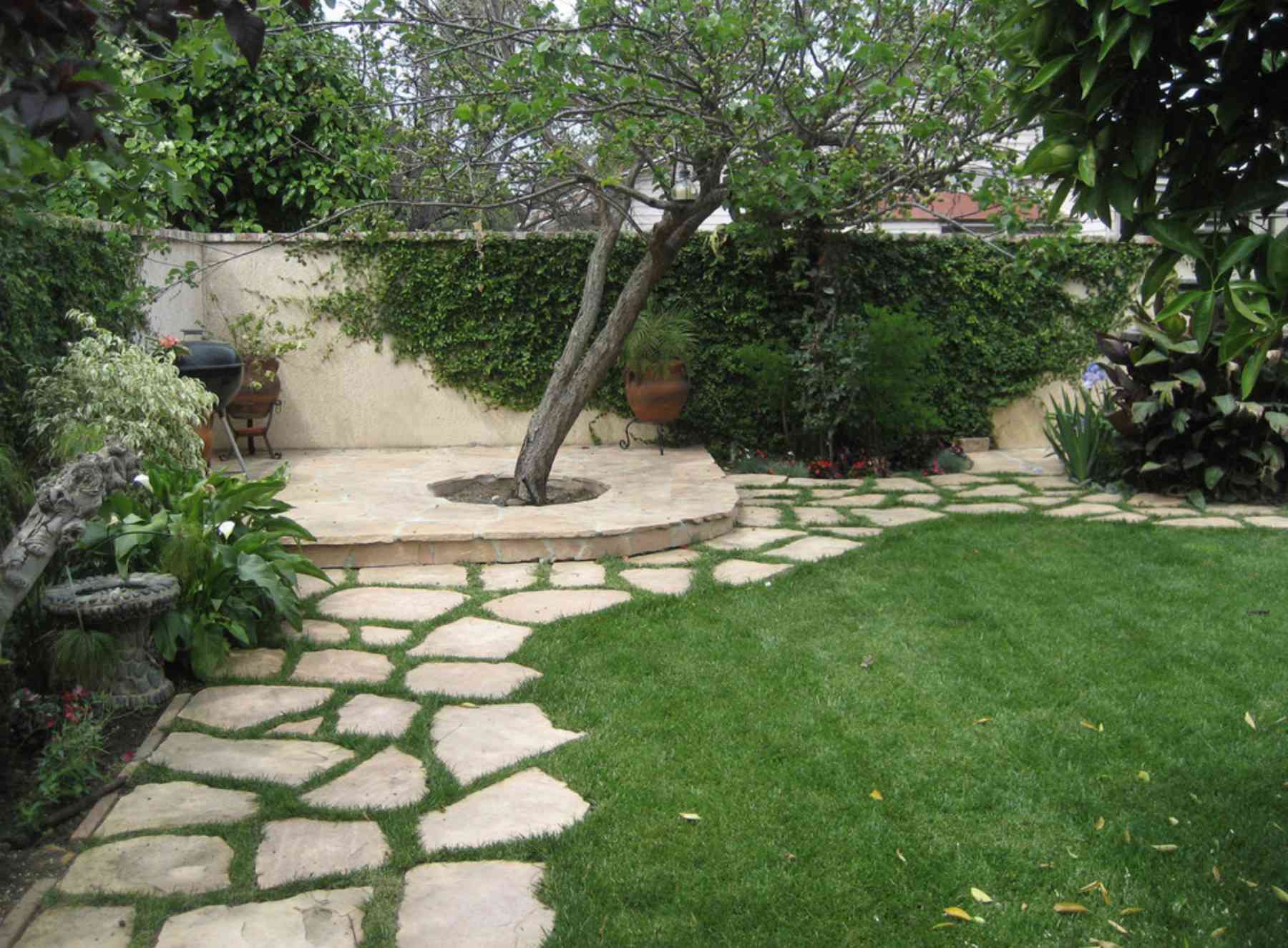
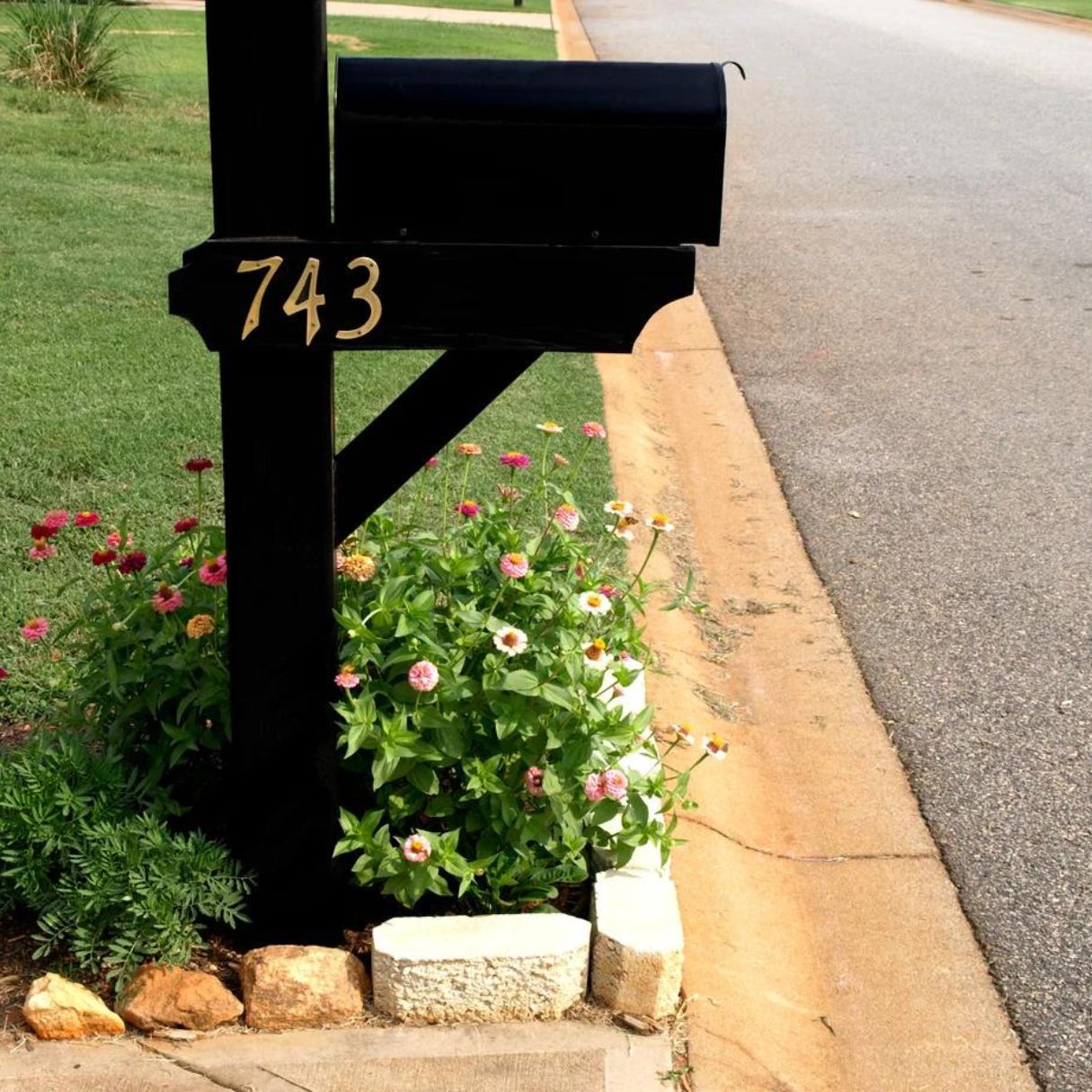
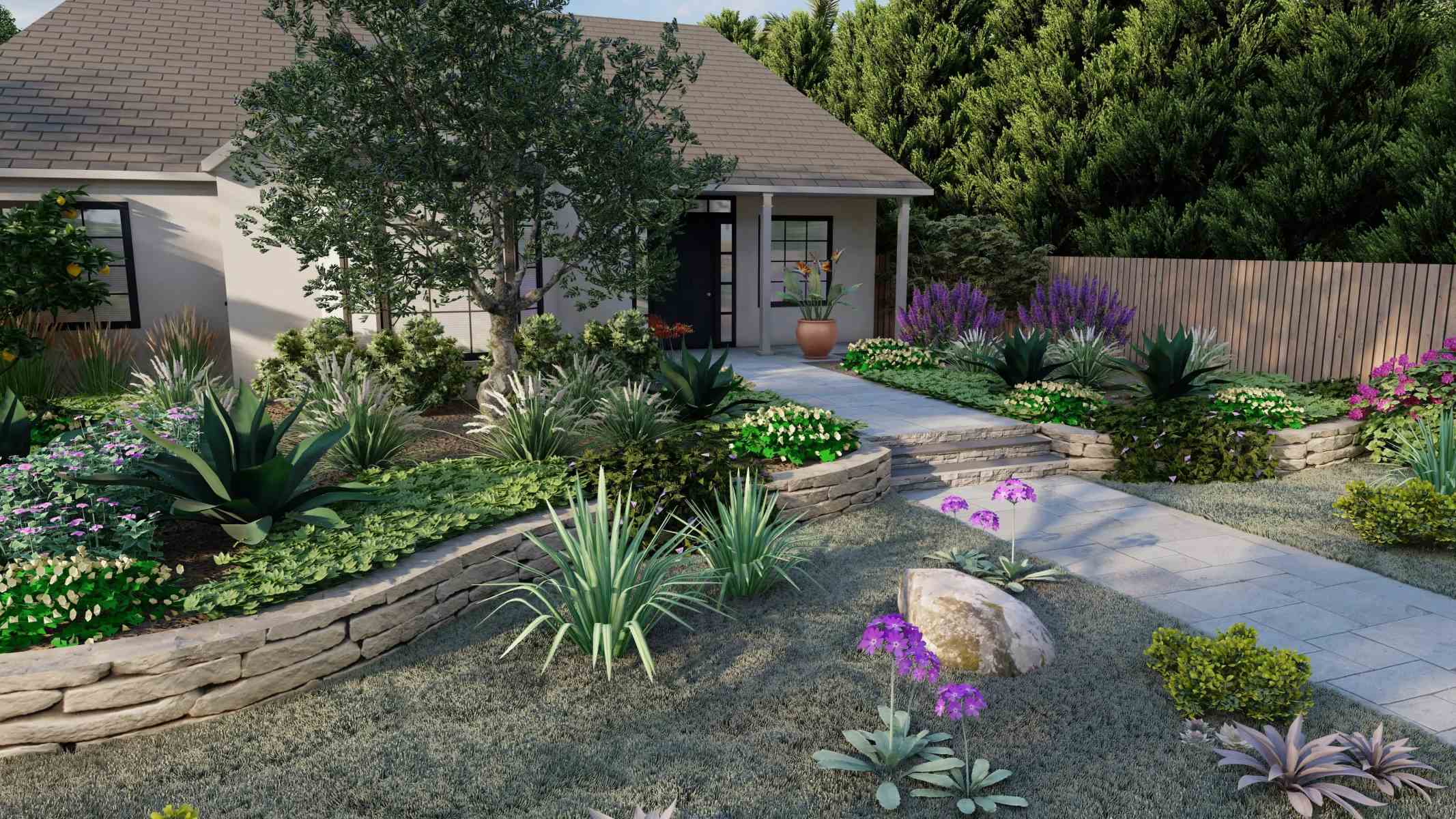
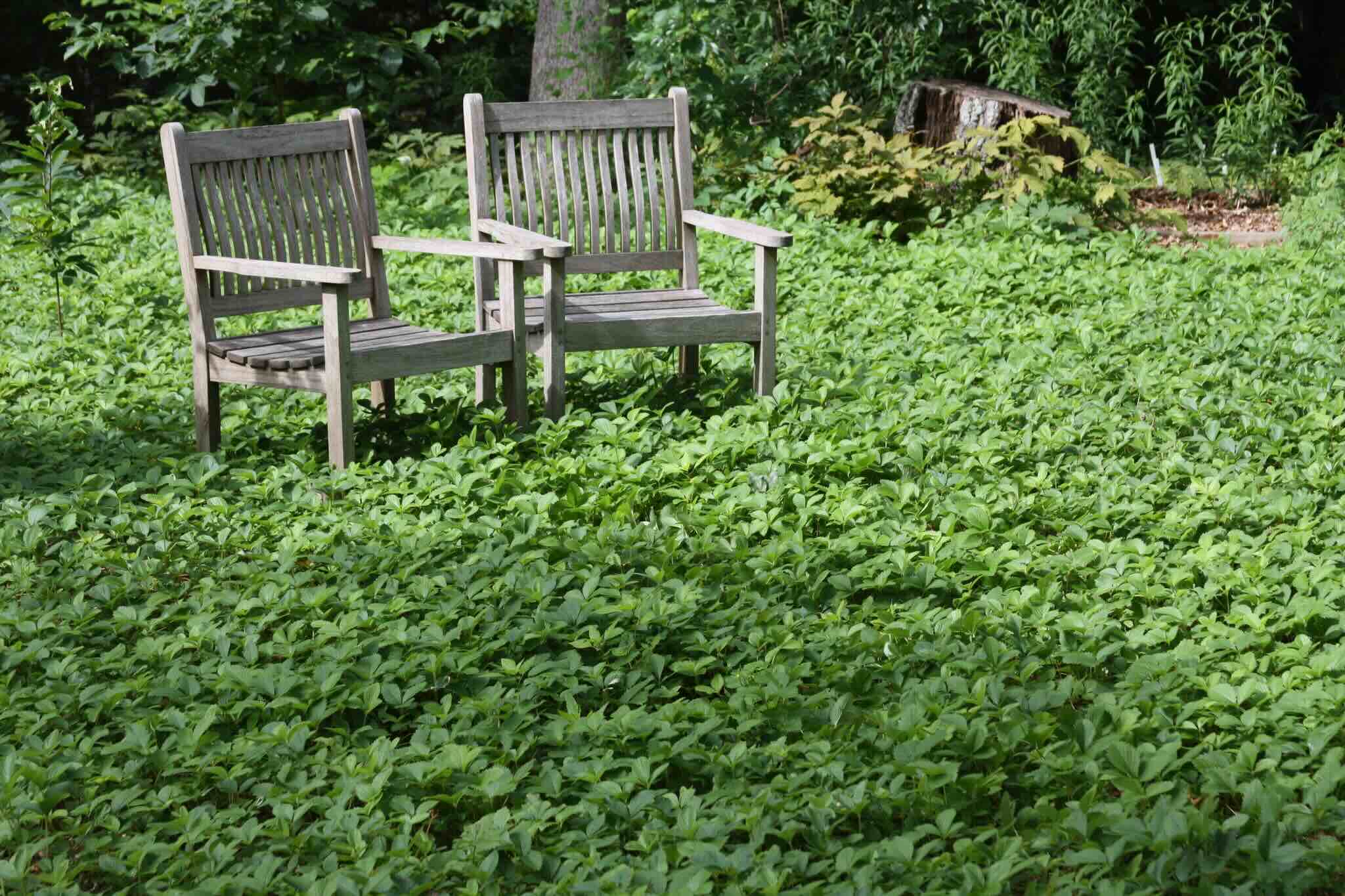
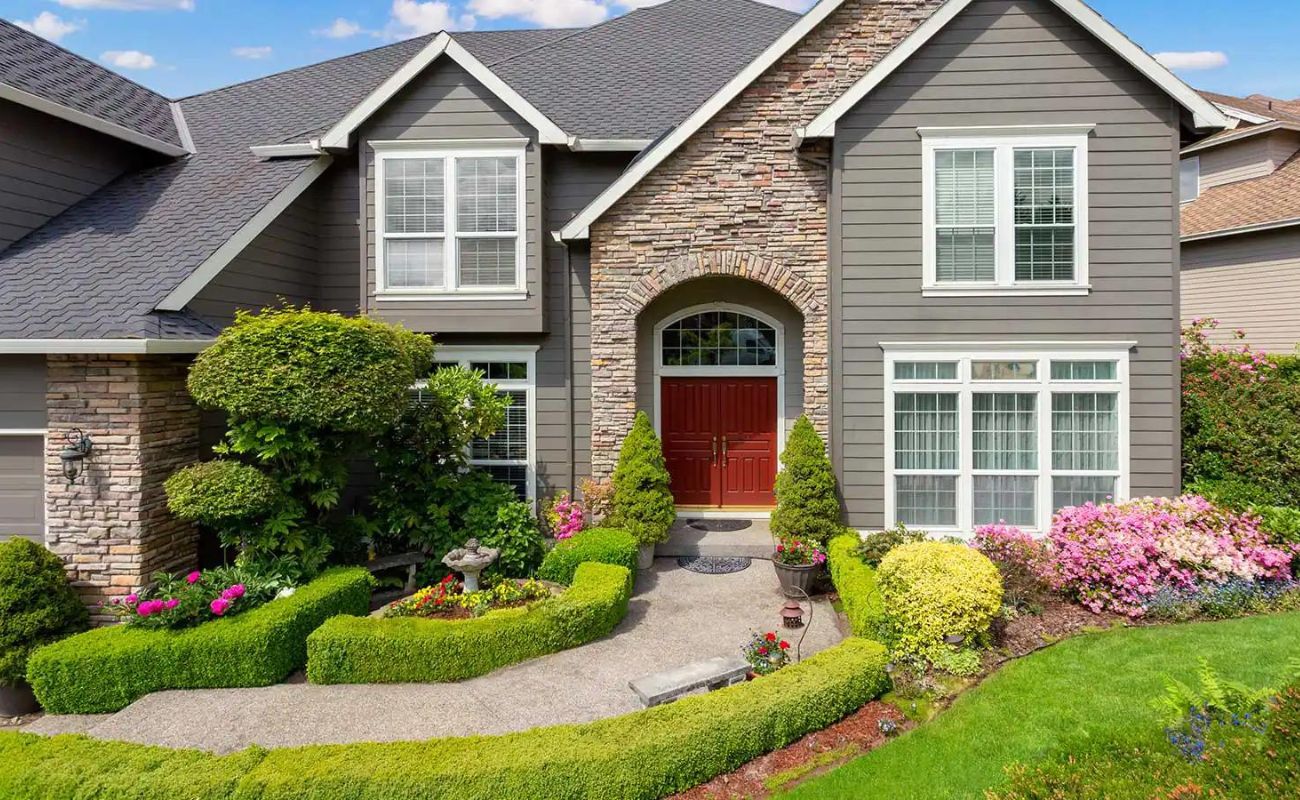
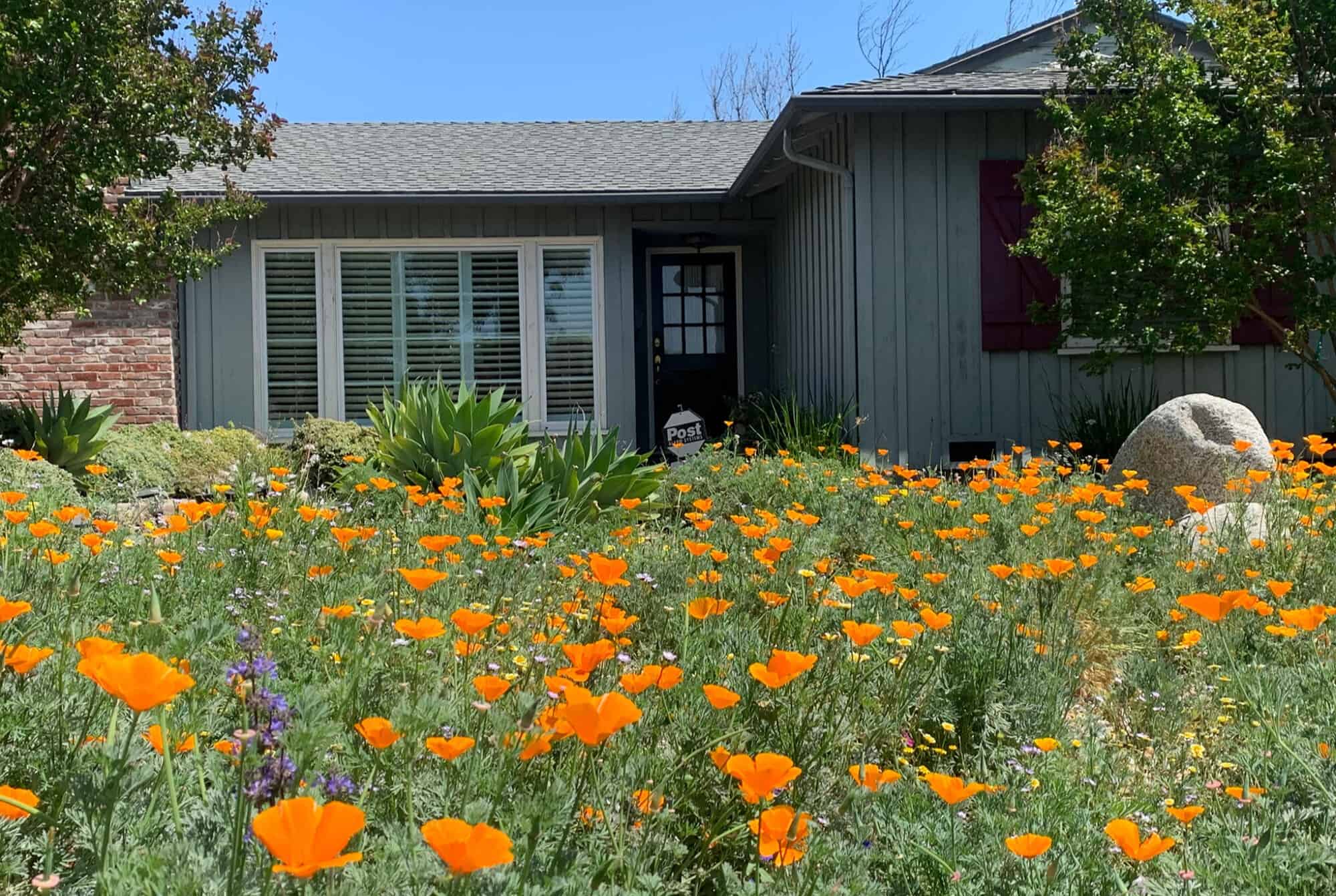
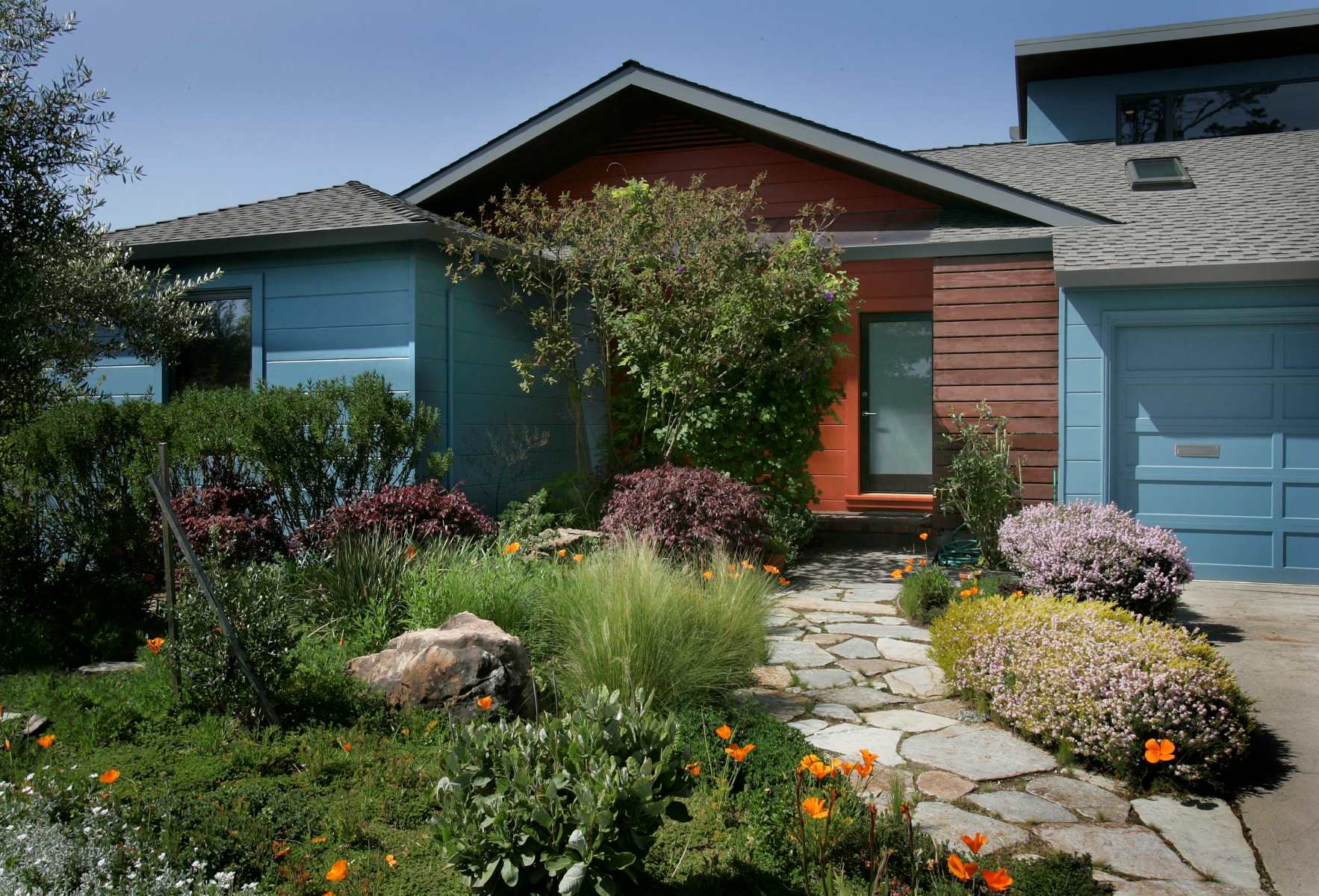
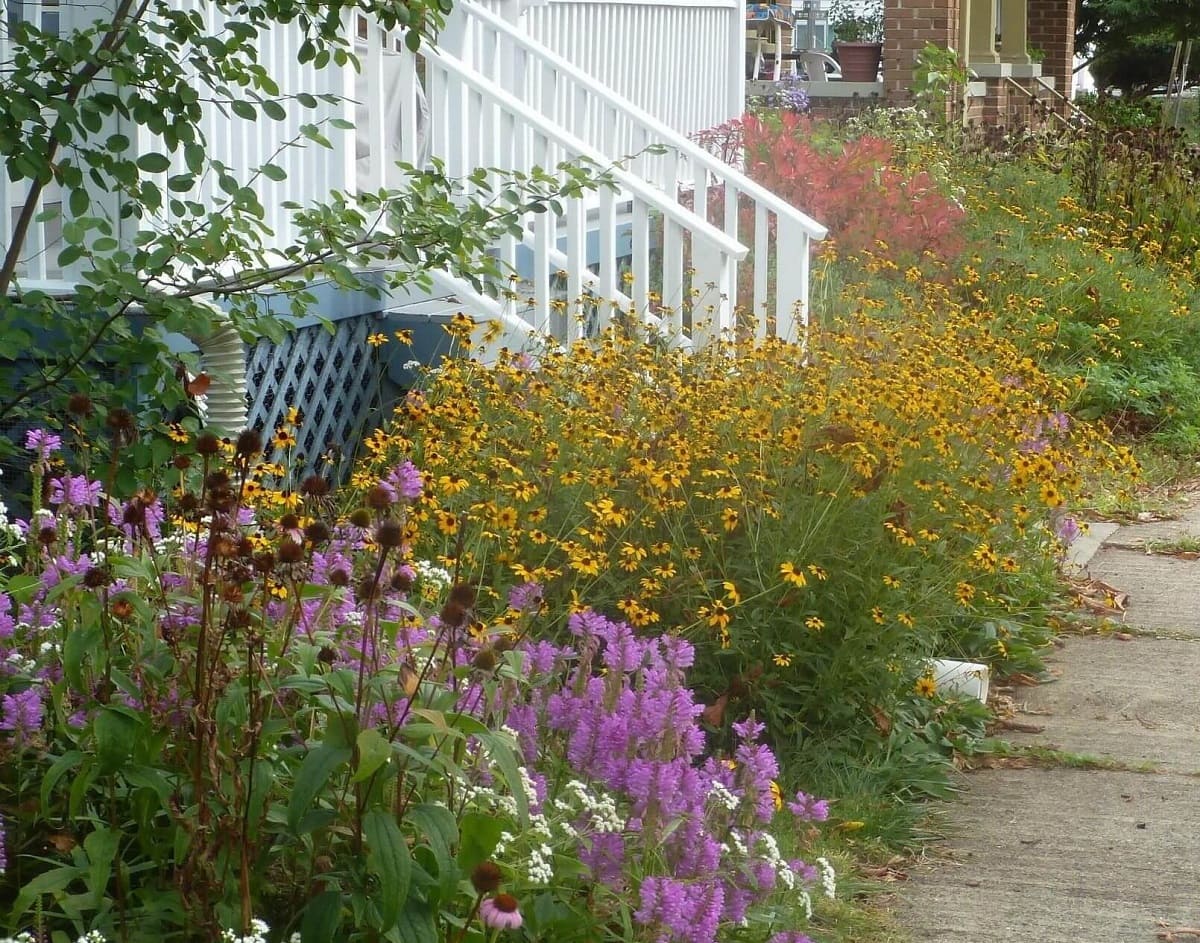
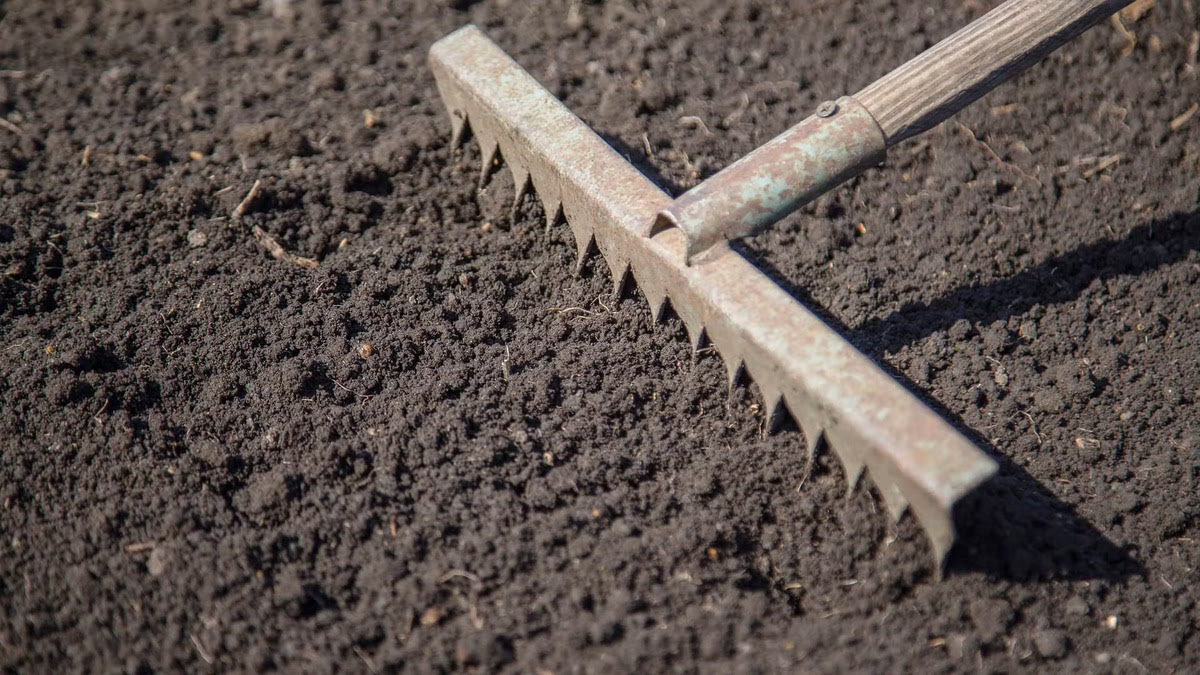

0 thoughts on “How To Landscape Around A Shed So It Blends In With Your Yard”